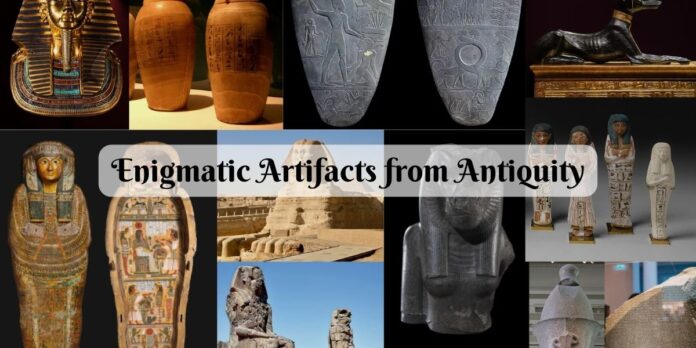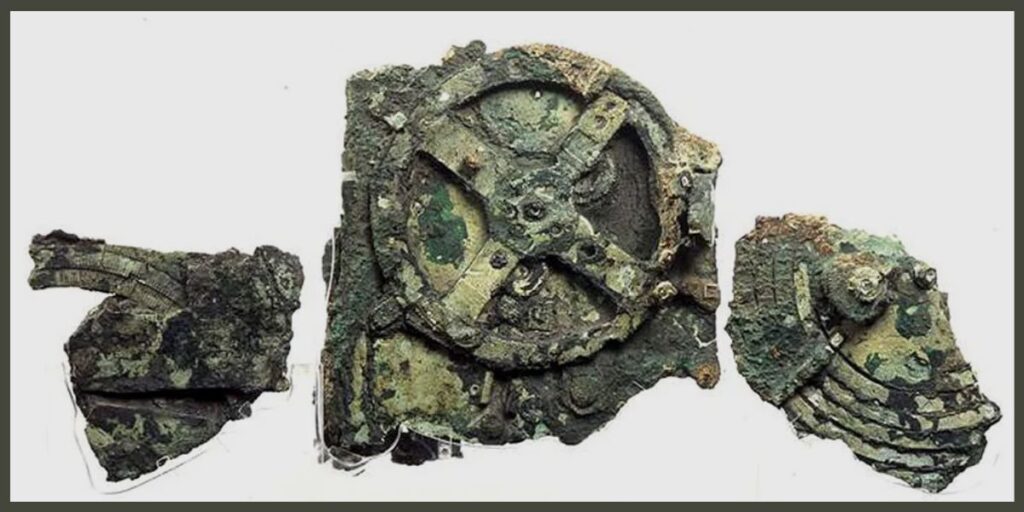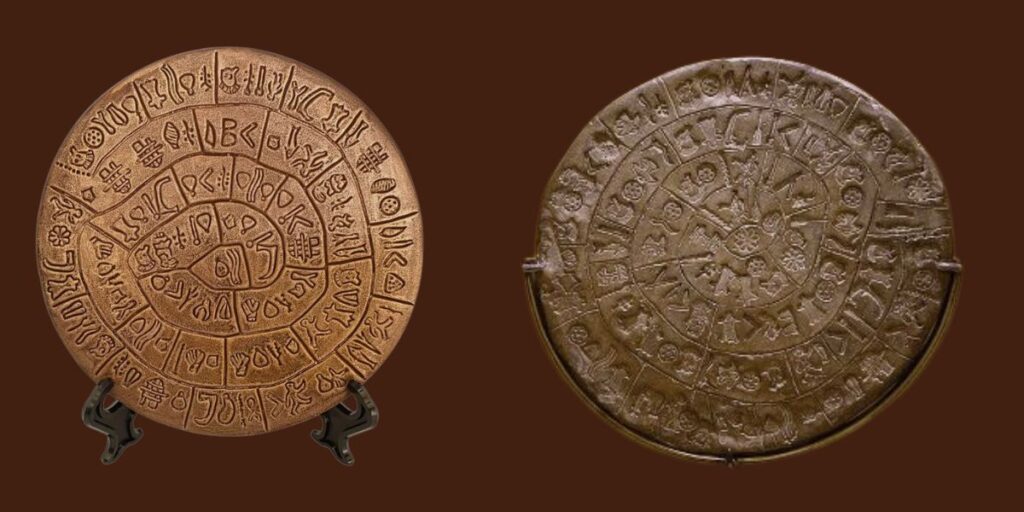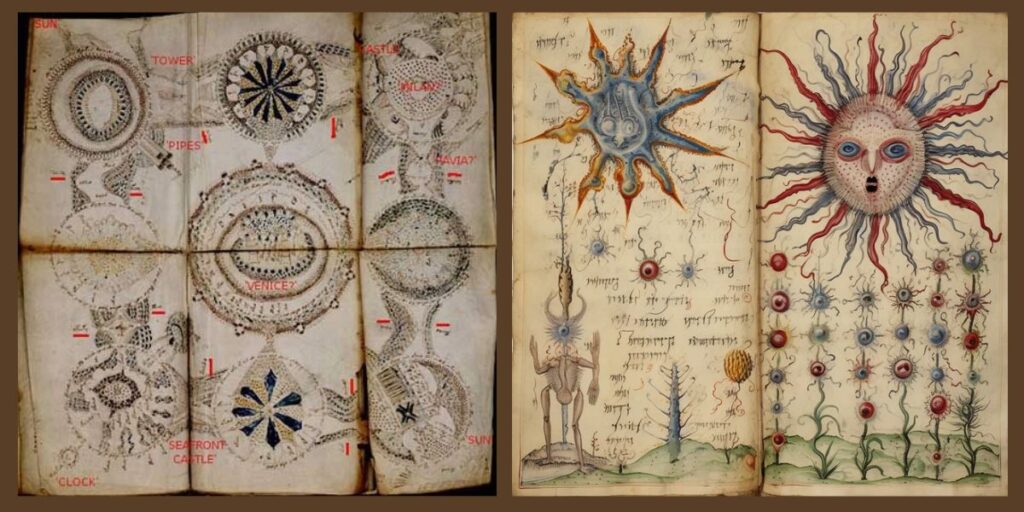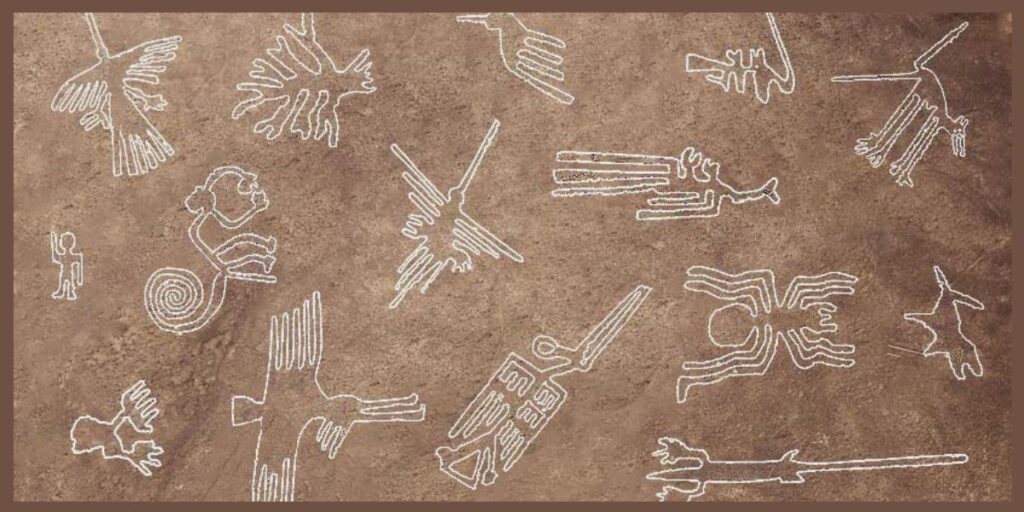Throughout history, the human race has unearthed countless artifacts that provide glimpses into ancient civilizations’ lives, beliefs, and technologies. While many of these findings can be clearly understood and explained, many enigmatic artifacts from antiquity remain baffling scholars, historians, and archaeologists. These mysterious objects challenge our understanding of ancient cultures and leave us with more questions than answers.
The Antikythera Mechanism: An Ancient Greek Computer
One of the most intriguing artifacts ever discovered is the Antikythera Mechanism. This ancient Greek device, dating back to around 100 BCE, was found in a shipwreck off the coast of the Greek island of Antikythera in 1901. Often referred to as the world’s first analog computer, the mechanism consists of a complex system of gears and is believed to have been used to predict astronomical positions and eclipses for calendrical and astrological purposes.
What makes the Antikythera Mechanism so enigmatic is its sophistication. The craftsmanship and mechanical knowledge required to create such a device were thought to be beyond the capabilities of the ancient Greeks. It wasn’t until the 14th century that similar technology reappeared in Europe. Despite extensive study, the exact purpose and origin of the Antikythera Mechanism remain subjects of debate, and it continues to be a source of fascination and wonder.
The Phaistos Disc: A Minoan Mystery
Discovered in 1908 in the Minoan palace of Phaistos on the island of Crete, the Phaistos Disc is a circular clay tablet dating back to the second millennium BCE. The disc is inscribed with a unique set of symbols arranged in a spiral pattern, which has yet to be deciphered. The purpose and meaning of the disc remain unknown, and it stands as one of the most famous undeciphered texts of the ancient world.
The symbols on the Phaistos Disc do not resemble any known writing system, and attempts to decode them have led to numerous theories, ranging from it being a form of ancient writing or a type of game board to a religious artifact or a calendrical tool. The true significance of the Phaistos Disc continues to elude researchers, making it one of the most enigmatic artifacts ever found.
The Baghdad Battery: An Ancient Electrical Device?
The Baghdad Battery, also known as the Parthian Battery, consists of a set of terracotta jars, copper cylinders, and iron rods that were discovered near Baghdad, Iraq, in the 1930s. These artifacts date back to the Parthian or Sassanid periods (approximately 250 BCE to 650 CE) and have been hypothesized to be early galvanic cells or batteries.
If the Baghdad Battery is indeed an ancient electrical device, it would suggest that ancient civilizations knew electrochemical processes long before the advent of modern electrical technology. However, the purpose of these jars remains a topic of debate. Some scholars believe they may have been used for electroplating, while others suggest they could have had medicinal or magical applications. Despite various experiments demonstrating their ability to produce a small electric charge, the true function of the Baghdad Battery remains a mystery.
The Voynich Manuscript: An Uncrackable Code
The Voynich Manuscript, named after the Polish book dealer Wilfrid Voynich who acquired it in 1912, is an illustrated codex written in an unknown script and language. Carbon dating places the manuscript’s creation in the early 15th century, but its origins, authorship, and purpose are shrouded in mystery.
The manuscript contains illustrations of plants, astronomical diagrams, and naked female figures, among other images, accompanied by text in an undeciphered script. Numerous attempts to decode the Voynich Manuscript have failed, and it remains one of the most perplexing puzzles in the history of cryptography. Some theories suggest it could be an elaborate hoax, while others believe it holds esoteric knowledge or represents a lost language. Despite advances in technology and cryptographic techniques, the secrets of the Voynich Manuscript remain locked away.
The Nazca Lines: Enigmatic Geoglyphs in Peru
The Nazca Lines are a series of large geoglyphs etched into the desert plains of southern Peru, created by the Nazca culture between 500 BCE and 500 CE. These lines, which depict various shapes, animals, and geometric patterns, are best viewed from the air, raising questions about their purpose and construction.
The exact reason for the creation of the Nazca Lines remains unknown, with theories ranging from astronomical calendars and religious rituals to alien landing strips. The sheer scale and precision of these geoglyphs are astonishing, especially considering the lack of advanced technology available to the Nazca people. Despite extensive research, the true meaning and function of the Nazca Lines continue to intrigue and mystify scholars and visitors alike.
The Sumerian King List: Historical Record or Myth?
The Sumerian King List is an ancient manuscript originally recorded in the Sumerian language, listing kings of Sumer (southern Mesopotamia) from both mythical and historical times. The list includes rulers who purportedly reigned for thousands of years, alongside more historically plausible reigns.
The blending of myth and history in the Sumerian King List raises questions about the nature of historical record-keeping in ancient civilizations. While some of the kings and events mentioned in the list have been corroborated by archaeological evidence, the exaggerated lifespans and mythical aspects suggest a complex intertwining of history and legend. The purpose of the list—whether it was intended as a historical document. a political tool, or a religious text—remains a topic of scholarly debate.
Conclusion:
Enigmatic artifacts from antiquity continue to captivate our imagination and challenge our understanding of the past. These mysterious objects serve as reminders of the complexity and ingenuity of ancient civilizations, urging us to reconsider what we know about human history. As technology and research methods advance, we may one day unlock the secrets of these artifacts. But until then, they remain fascinating enigmas, inviting us to explore the mysteries of our shared heritage.

